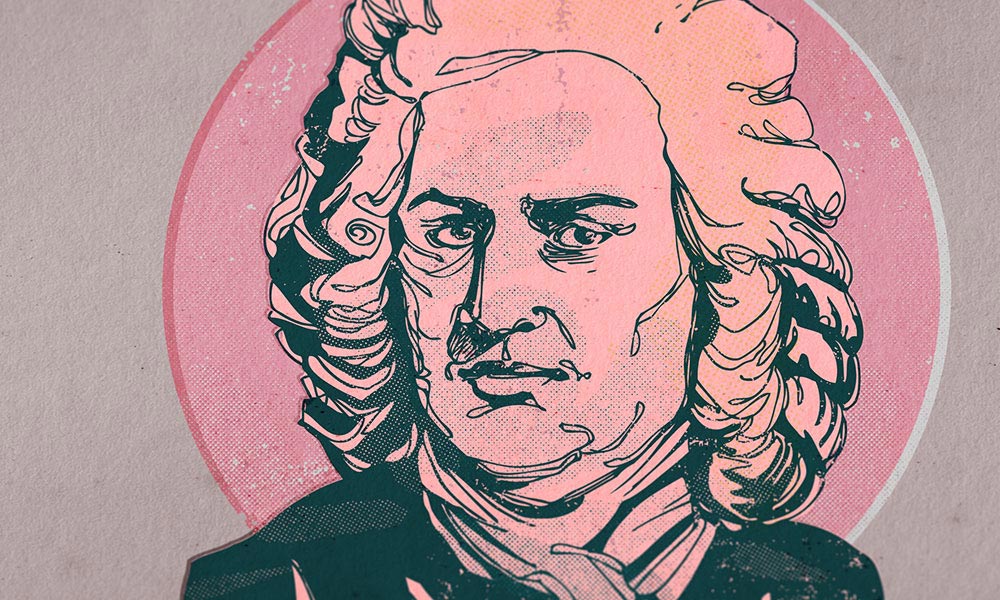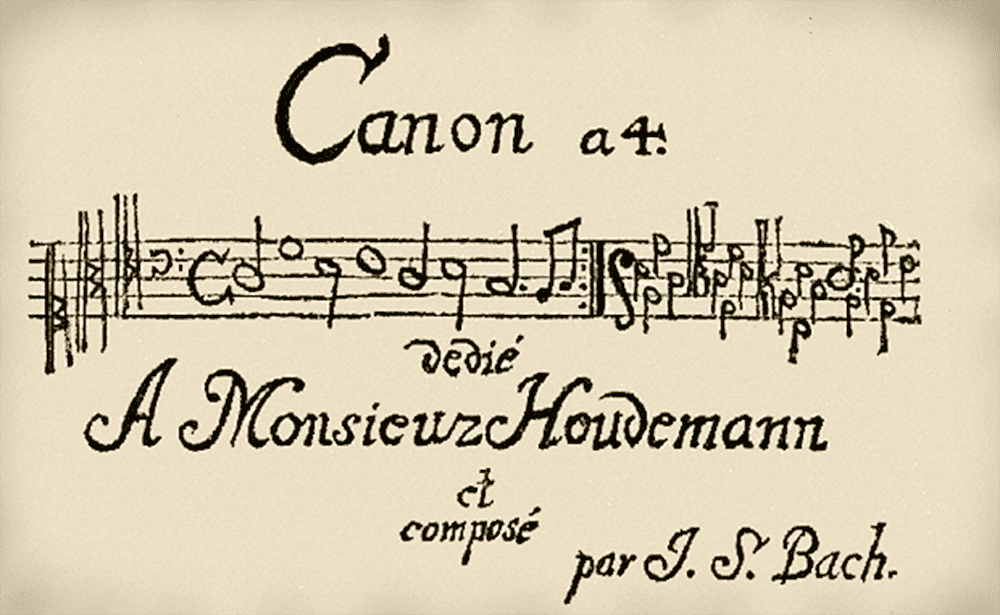

The dance movements, coming after the Prélude, always follow the same sequence, originating from different countries: first comes the Allemande from German lands, then the Courante (French), and then the Sarabande (Spanish). Here first is Anner Bylsma’s refined and stately performance, as a great example of historically informed performance: This can lead to significant differences, as demonstrated by the following two outstanding, but very different recordings of the first, G major Suite’s Prélude. Therefore, it is up to the performer to choose the suitable pulse for their interpretation. Interestingly, there are no tempo markings for any of the movements given by the composer. The prélude is usually the longest movement its character can be whimsical and improvisatory. They begin – as was common practice – with a prélude, an introductory movement, which served a dual practical purpose of settling both the unstable gut strings of the cello and the all-too-frequently noisy audience. The structure of the suiteĮach of Bach’s Cello Suites follows a similar structure.
Bach music series#
This term refers to a series of dance movements in the same or related keys. When he decided to compose for solo cello, he chose a different path and turned towards a well-known if by then somewhat old-fashioned genre, the suite.

We do not know if Bach was familiar with any of these works. This was an important and functional role, but without any of the implied glory, virtuosity or elegance of a well-written work for recorder or violin.Ī few inquisitive Italian composers experimented with promoting the cello in a soloistic role, but even the best-known of these pieces, Domenico Gabrielli’s solo Ricercari, sounded quirky and innovative, rather than memorably beautiful.

Until the first decades of the 18th century, the cello was seen as an accompanying instrument, providing harmonic foundation and accompaniment to the melody along with a number of other instruments. While there was some existing repertoire written for solo violin, hardly any composer had the temerity to write solo works for a bass instrument, such as the cello. By composing for a single string instrument, Bach entered practically uncharted waters. The boldness of this project is hard to appreciate from our 21st-century perspective, but is nonetheless remarkable. He also became interested in a genre that was not only new to him but also had little past history that he could rely on, and composed two sets of pieces for solo string instruments: one for violin and the other for cello. Bach’s six Brandenburg Concertos, the four Orchestral Suites and inexhaustible supplies of keyboard music, such as the first volume of his famous Well-Tempered Clavier, are all products of these fruitful years. The Calvinist liturgy allowed little if any instrumental music to be performed in the churches of the town, and for six years, between 17, Bach composed mostly instrumental (but not organ) and secular compositions. Leopold and his principality followed the Calvinist faith, a fact that had a major influence on Johann Sebastian’s life. His life and work changed considerably when he gained prestigious employment as Capellmeister (being in charge of music) in the court of Leopold, prince and ruler of Anhalt-Cöthen in what is now Germany. After all, in the first three decades of his life (he was born in 1685), his artistic interest focused almost without exception on pieces that he would have either performed from a keyboard or directed, as court organist, concertmaster and trusted cammer musicus (chamber musician). It is intriguing to consider what might have turned Bach’s interest towards an instrument he was not known to have played. In Peter Weir’s Master and Commander (2003), Jack Aubrey’s (Russell Crowe) first sighting of the Galapagos Islands is accompanied by the Prelude from Suite I. They have inspired not only cellists and audiences but other artforms as well, and they have been featured in ballet and theatre productions, even in films. Johann Sebastian Bach’s Six Solo Cello Suites are some of the most iconic classical music works.


 0 kommentar(er)
0 kommentar(er)
